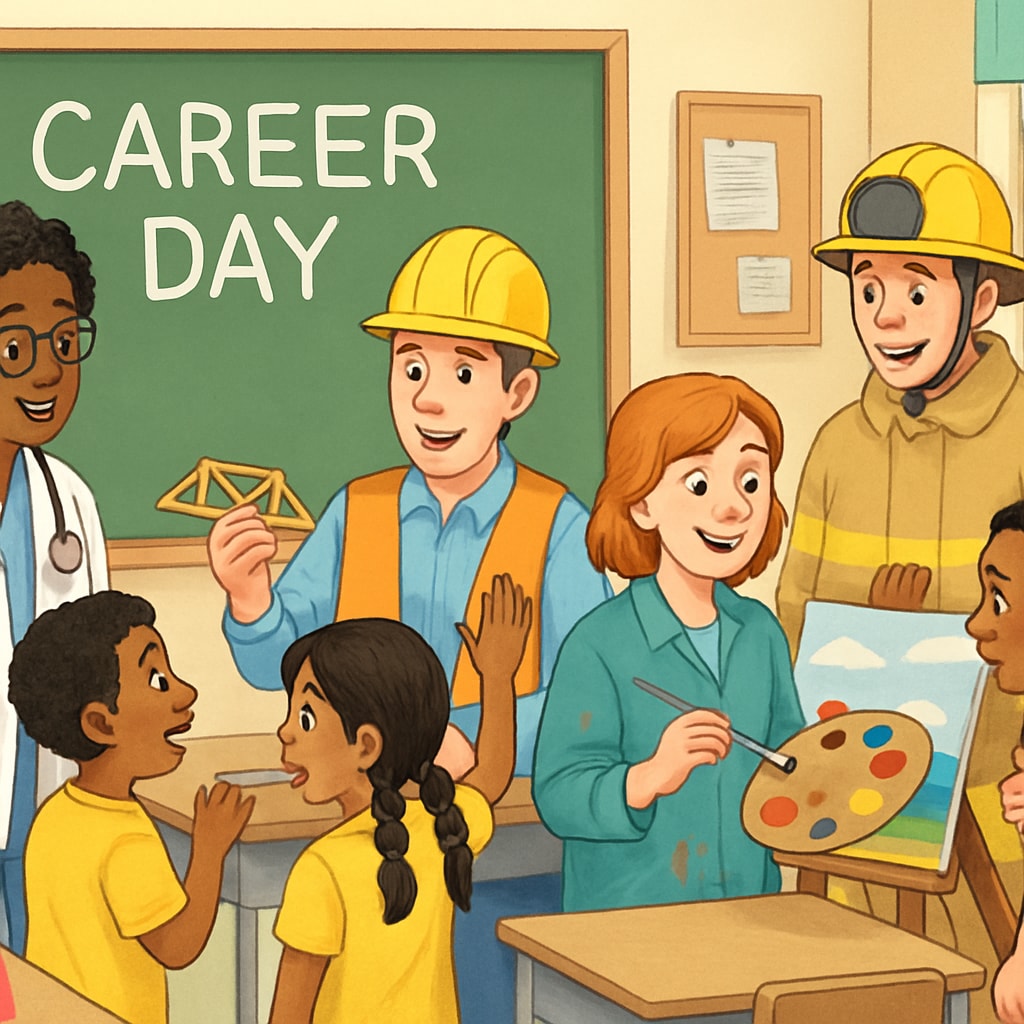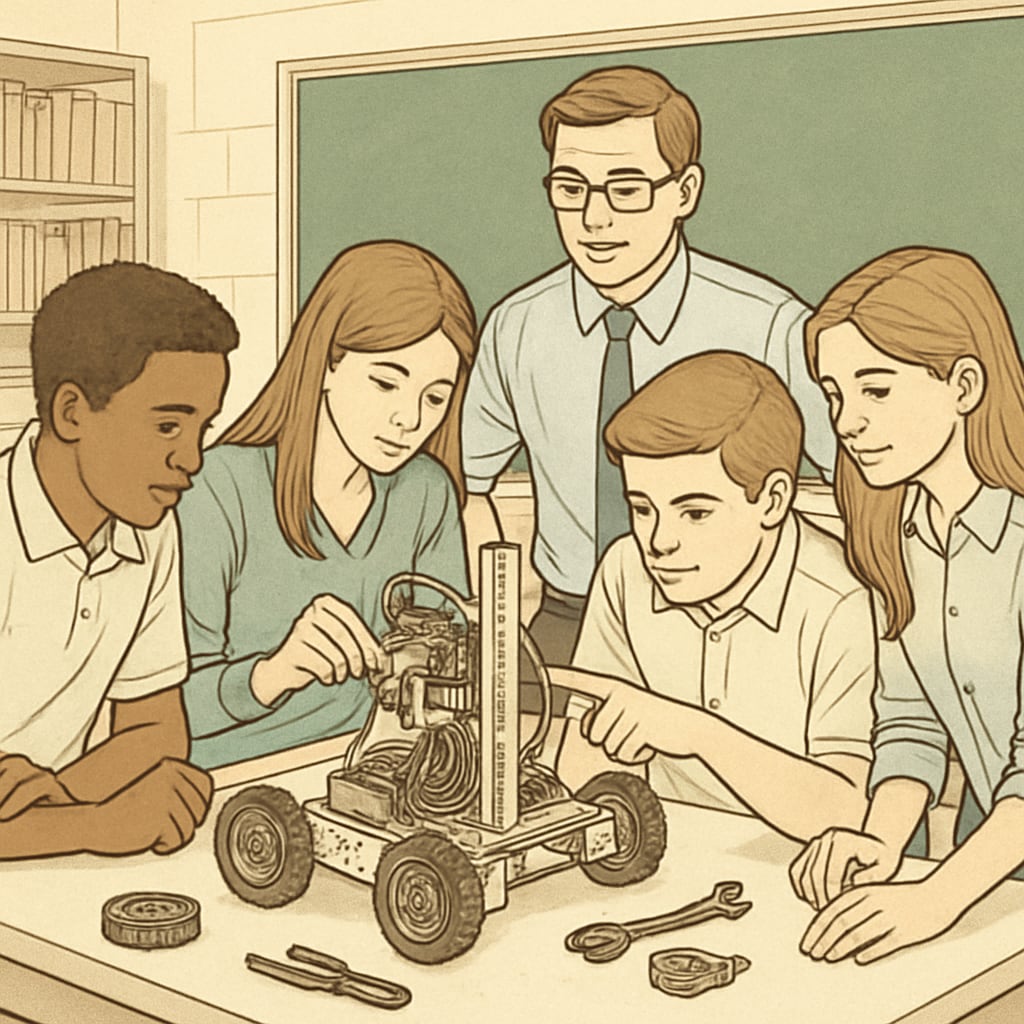Career planning, high income, and personal interests are three critical factors students must balance when shaping their professional futures. In the K12 phase, educators and parents play a pivotal role in helping children develop this equilibrium. According to the U.S. Bureau of Labor Statistics, 65% of today’s elementary students will work in jobs that don’t yet exist, making flexible career planning essential.
Early Exposure to Career Possibilities
Introducing diverse professions from elementary school helps children understand the connection between work, income, and personal fulfillment. Schools can implement:
- Career days with professionals from various fields
- Age-appropriate workplace visits
- Interactive role-playing activities

Aligning Skills with Market Demands
The World Bank emphasizes that future job markets will value both technical and soft skills. A balanced approach includes:
- Identifying growing industries with high earning potential
- Assessing each child’s natural talents and passions
- Creating personalized learning paths that bridge both areas
Practical Experience Through Project-Based Learning
Real-world projects allow students to test potential career paths while developing marketable skills. Effective methods include:
- Entrepreneurship simulations for middle schoolers
- STEM competitions with practical applications
- Community service projects that develop professional skills

Key Takeaways: Successful career planning in K12 education requires a three-pronged approach: early exposure to diverse professions, skill development aligned with market needs, and ample opportunities for hands-on experience. By fostering this balance, we prepare students to make informed choices that satisfy both financial goals and personal fulfillment.


